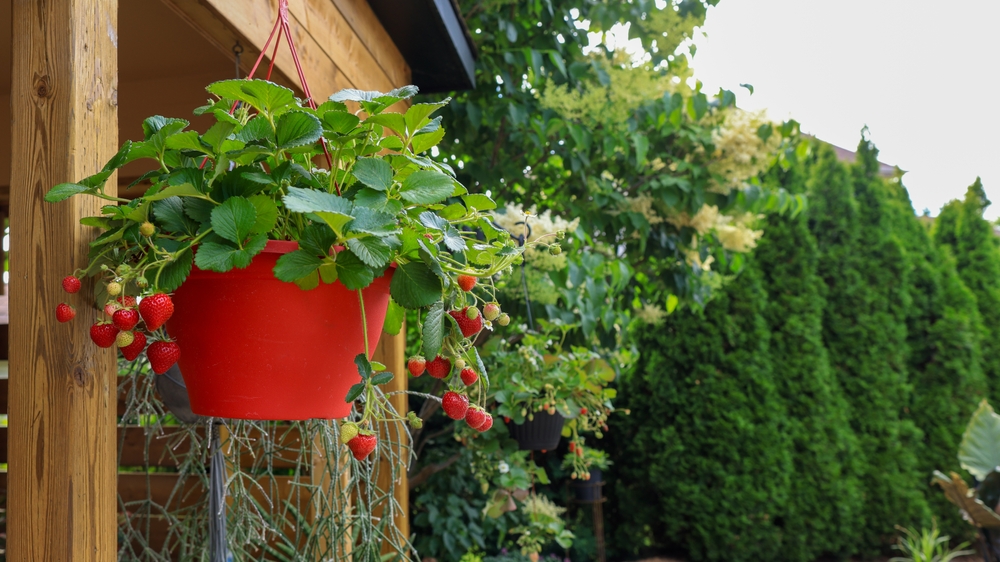
5 Easy Ways to Grow Gorgeous, Full Hanging Baskets
Get ready to have the most beautiful hanging baskets! We’ve talked about hanging baskets before, and how could we not

Get ready to have the most beautiful hanging baskets! We’ve talked about hanging baskets before, and how could we not
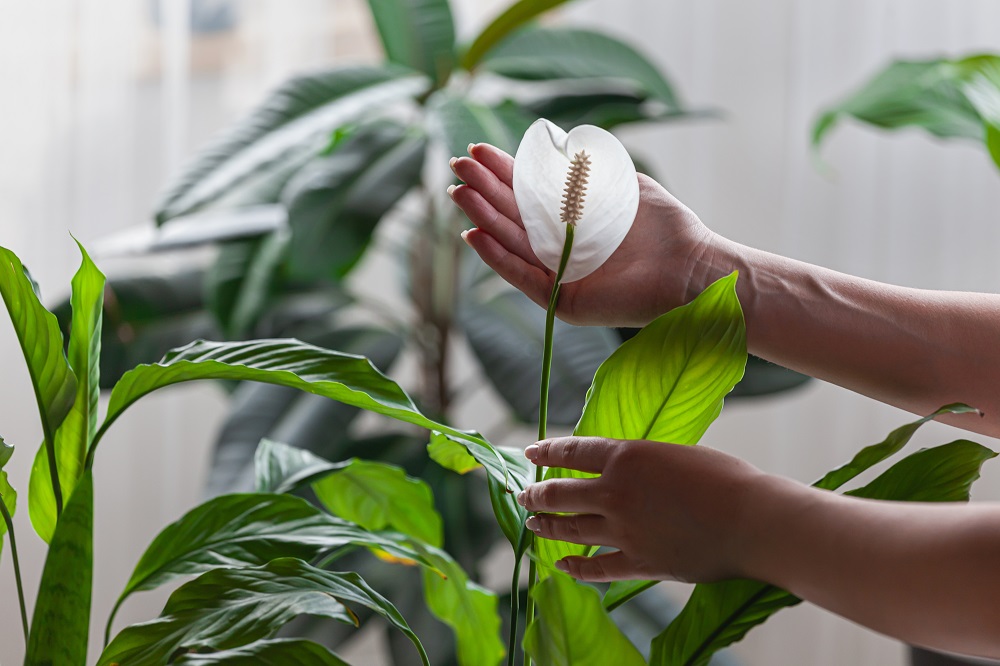
These are some toxic houseplants that you should never keep in your home, and some of their safer alternatives: Hello

If you’re looking for the best plants that thrive in full sun, keep reading! Do you find it tricky to
Discover our latest gardening tips, plant care guides, and seasonal updates to help you cultivate a thriving, beautiful garden year-round.
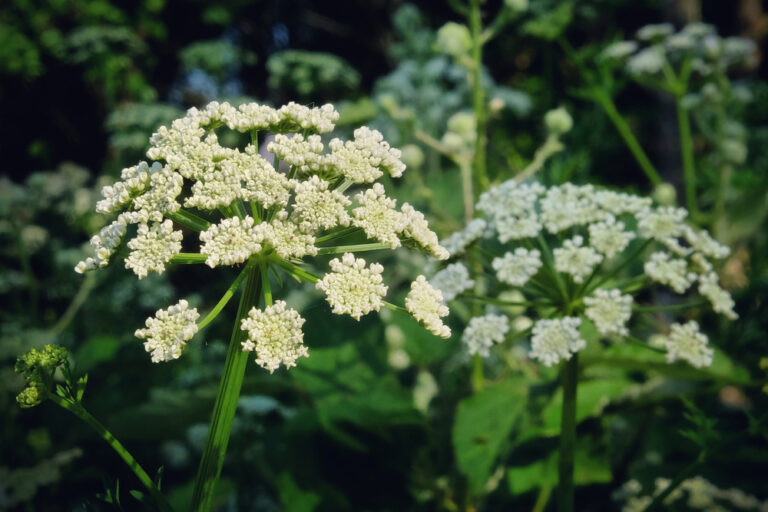
Never let these toxic plants grow in your garden! You want your garden to be a safe space, right? This
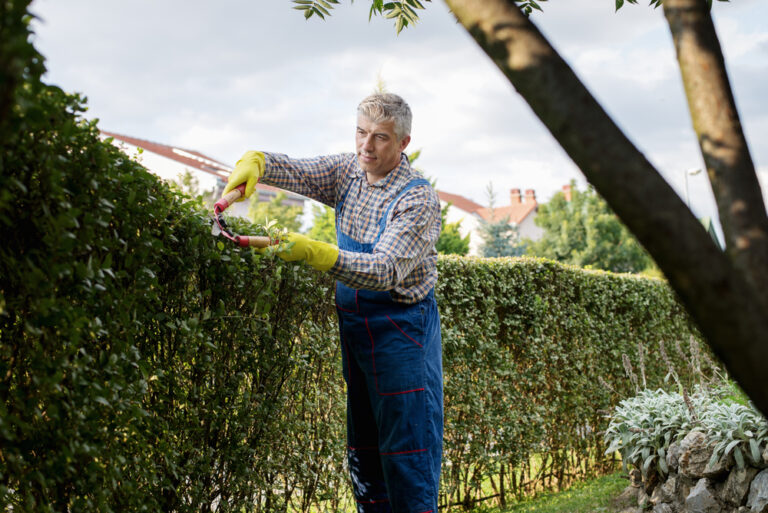
Do you need a living fence? Read more about this here! If beauty and privacy are two things that define
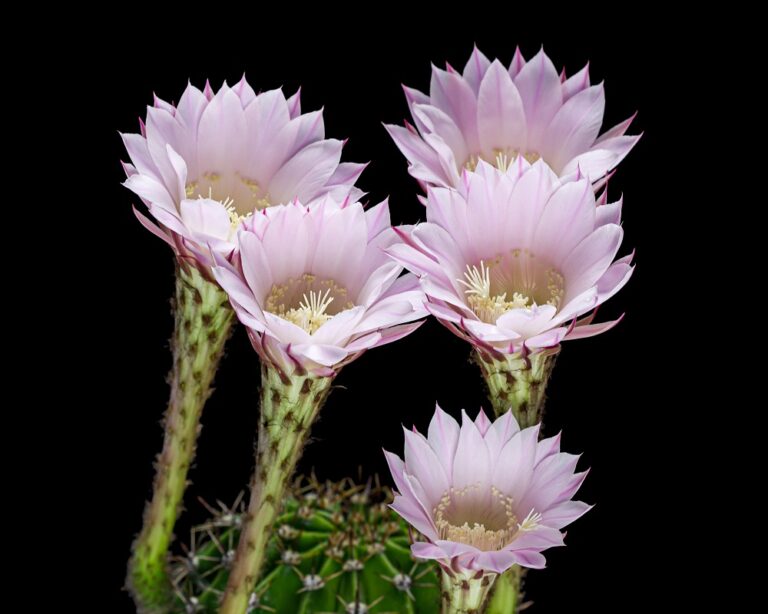
Do you want to foster an Easter Lily Cactus? Here are the things you should keep in mind to have

Invasive plants will no longer be a problem! We all know very well how annoying these invaders are. We don’t
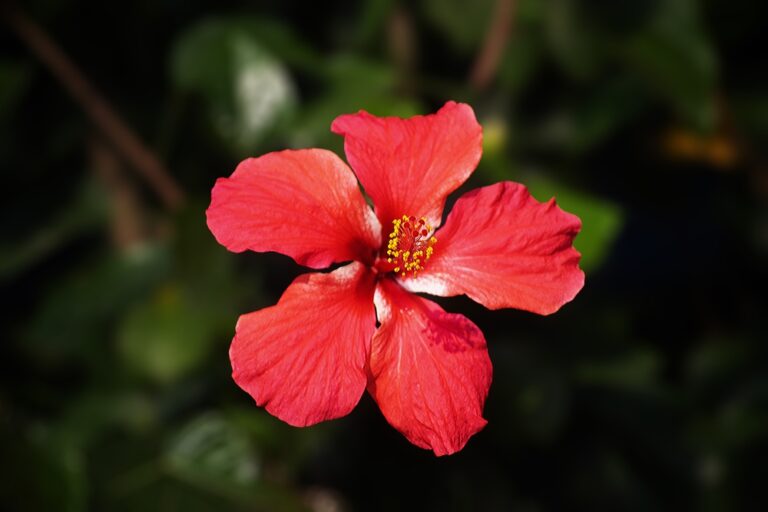
These are the perfect flowers for all Florida gardens! The Sunshine State is a great place to have a beautiful
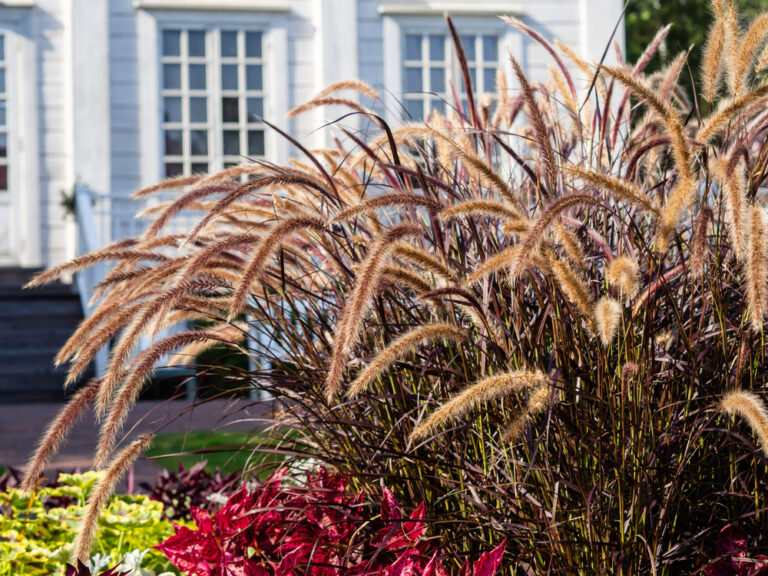
Bring your landscape to life with these ornamental grasses! When you picture a lush garden, you probably think about beautiful
Find quick answers to common gardening questions.
Generally, these plants do well in small pots because their shallow and compact root systems don’t need a lot of space to be happy. Also, when the pot is smaller, you have better control of the moisture level of the soil, helping you avoid overwatering. Even more, succulents tend to grow as much as the space they are in lets them, so this is a smart way to keep their size under control.
But despite all of this, you should keep in mind that the pot should be slightly larger than the succulent’s root ball to let it grow as much as it needs. If you notice any signs of outgrowing, such as roots growing out of the drainage holes, you should consider moving your succulents into bigger pots.
There are several reasons why this is happening. However, the most common reasons are overwatering or underwatering (you should make sure to have well-draining soil and allow the soil to dry before you water it again, about 2-3 weeks in spring & summer, and even less in autumn and winter), along with excessive sunlight (you should make sure your aloe vera is placed in a bright spot with indirect sunlight). If any of these are not your case, then you should ensure that you keep it in temperatures above 50°F, as they hate being cold.
To start mulching, clear the area of weeds, enrich the soil with compost, and spread 2–4 inches of organic mulch (like wood chips or straw) evenly. Then, proceed to water the mulch layer to help it settle, and refresh it as needed to maintain thickness. Keep it a few inches away from plant stems to prevent rot.
The frequency of watering really depends on the type of plants you have, their size, and the environment they’re living in. As a general rule of thumb, most indoor plants enjoy a drink about once a week, while outdoor plants might need some love 2 to 3 times a week, especially if the weather is warm and sunny.
Here’s a handy tip: just poke your finger into the soil—if the top inch feels dry, your plants are thirsty! But be careful not to overwater them either, as that can lead to root rot. So, keep an eye on your plants and adjust your watering schedule based on their needs and the changing seasons!
Some plants are fine with 24/7 light. Others need periods of darkness. If the leaves on your plant look faded or droopy and have white, yellow, or brown burns, this usually happens if they’re exposed to light directly in front of a window, particularly a southern-facing window. Move it away from the light! Some other common symptoms of too much sunlight for plants include wrinkled, crispy leaves or if the leaves or soil feel very hot to the touch.
Prune in early spring, just before new growth starts, and you’ll be amazed by the results. Keep in mind that pruning too early could expose your roses to the harsh winter chill. Also, when you prune, remove all the dead wood because it helps prevent diseases too. And don’t be afraid to cut back a little more than you think! Roses love a good trim! Use sharp and clean pruning shears for the best results.
We suggest watering your indoor cactus every two to four weeks, or whenever the soil is completely dry. If you’re keeping your cactus outdoors during summer, it’s recommended to water it weekly. Don’t water the cacti at all during the winter months of October through March, as they typically go dormant. Oh, and check for drainage holes in your pot!